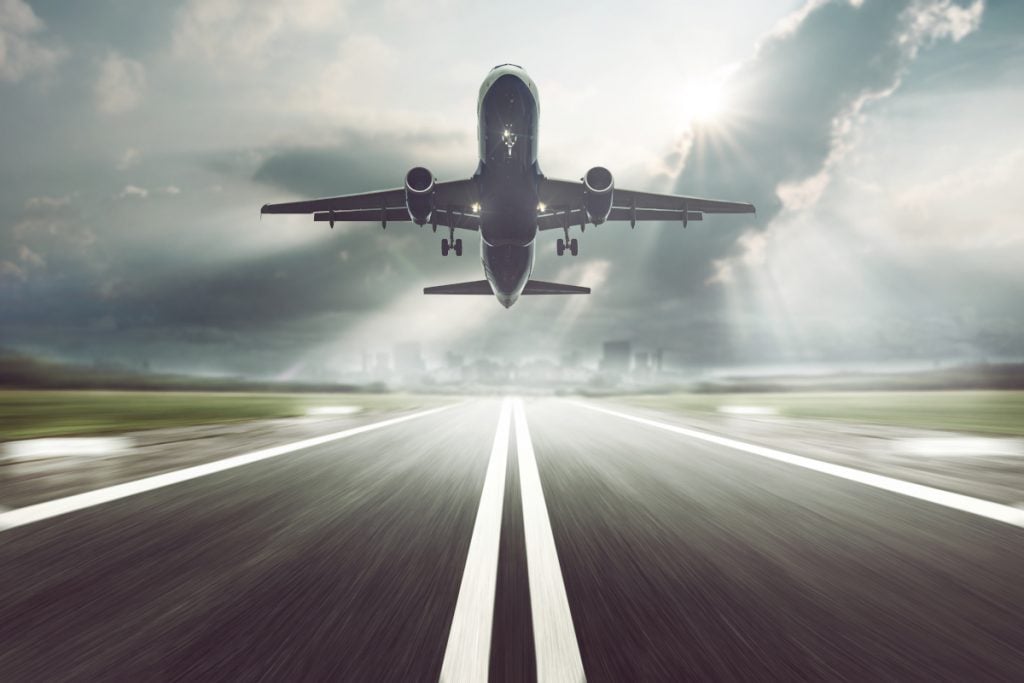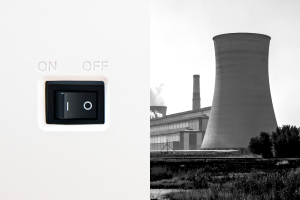Why flight prices are getting more expensive in South Africa

While flight tickets have increased in line with inflation over the past three years, as of October 2023, the comparison is coming from an already high base due to the rampant cost of fuel, while the newly proposed levy increase will put further pressure on airlines.
Gazetted on Monday (27 November), the SACAA proposed an amendment to the fuel levy determination schedule to increase the fuel levy along CPl determinations for three consecutive financial years commencing 1 April 2024.
Based on the forecasted rate, the proposed fuel levy tariff increase would be as per the following table.
| Year | CPI | Cents per litre |
|---|---|---|
| 2023/24 | 4.8% | 21.83 |
| 2024/25 | 4.7% | 22.88 |
| 2025/26 | 4.6% | 23.91 |
These increases will be on top of the already hiked levy, which increased by 8.5% in May 2023 after approval from the Minister of Transport with concurrence by the Minister of Finance.
This increase is only applicable to General Aviation (GA), which includes flying schools, corporate business aircraft, private aircraft, and aircraft used for agricultural and logistical purposes.
However, FlySafir told BusinessTech that while this levy increase is not applicable to airlines, it will still put indirect cost pressure on the industry.
“Currently, scheduled passenger flights pay a SACAA passenger fee. Flights for scheduled passengers departing from SA soil are exempt from the SACAA fuel levy.
“Therefore, this fuel levy increase will not directly impact FlySafair since we pay SACAA passenger levies. However, there will be an indirect impact as the fuel levy increase will affect our suppliers’ logistics costs,” said FlySafair
“The indirect impact on the logistics costs of all our suppliers could add additional cost pressure to the industry overall. It’s important to note that this is not exclusive to aviation; it will affect most businesses and sectors to a greater or lesser extent, depending on their operations,” said the airline.
When looking at the direct impact on ticket prices, however, FlySafair noted that rampant jet fuel prices, the rand-dollar exchange rate, and a lack of skilled maintenance in the country are major contributors.
According to the airline, the cost of jet fuel increased by 223% from October 2020 to October 2023, outpacing general inflation. “Given that fuel costs constitute about 50% of our operating expenses, this surge has placed significant cost pressures on the industry,” it said.
“Despite this, ticket pricing, when comparing the same period in Oct 2023 vs. Oct 2020, has only increased by 16%,” it added.
FlySafair’s Chief Marketing Officer, Kirby Gordon, further noted that the primary exposure underpinning the impact of both oil prices and maintenance on the airline industry is the strength of the rand.
Gordon explained that Operating costs can significantly increase if the rand weakens against the dollar, as aircraft and maintenance parts are purchased in dollars.
He added that skilled maintenance, machining facilities, and workshops have been difficult to find locally since the pandemic – meaning the company is often forced to look overseas for technicians – which comes at a greater cost if the rand weakens.
This also applies to fuel costs, with crude oil traded in dollars, making crude oil prices and rand-dollar fluctuations some of the airline industry’s most significant risks.
Read: Expect more roadblocks in South Africa in the coming weeks – here’s what police will be looking for



















